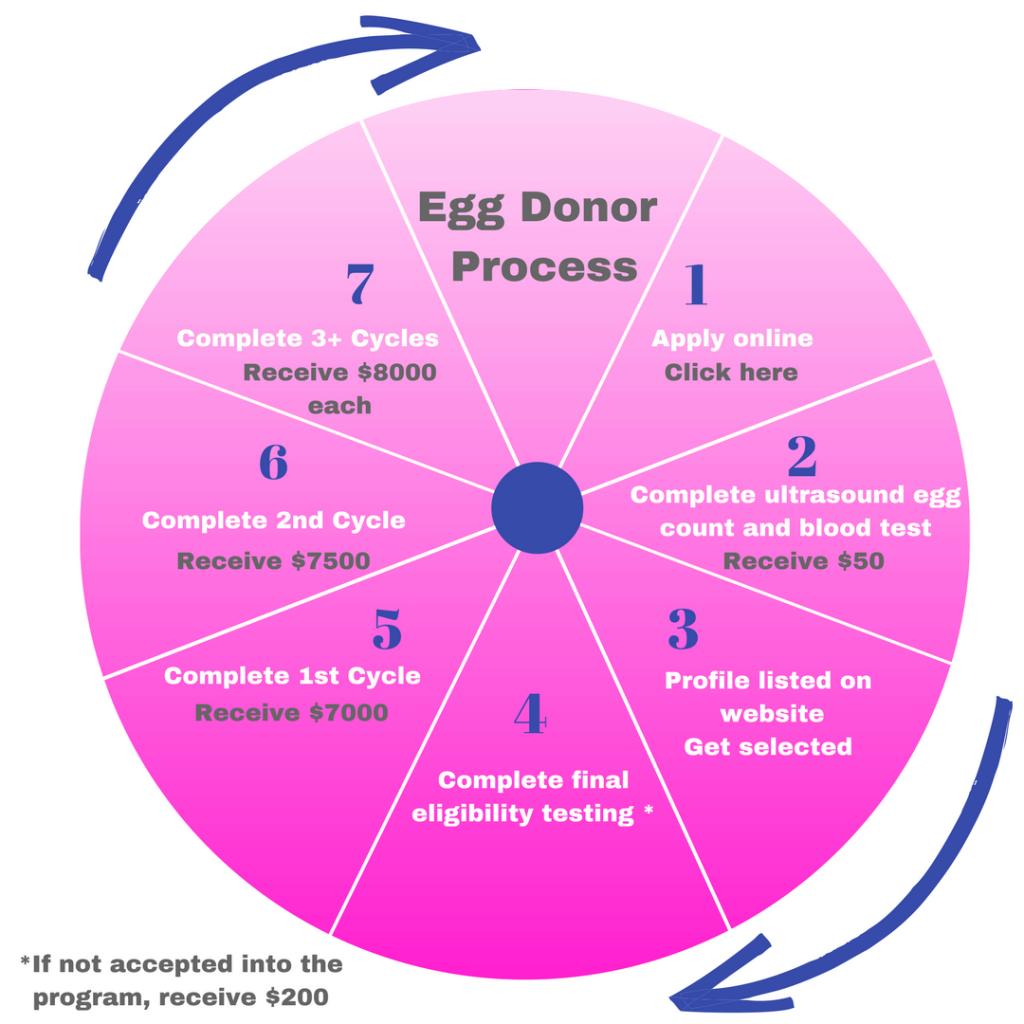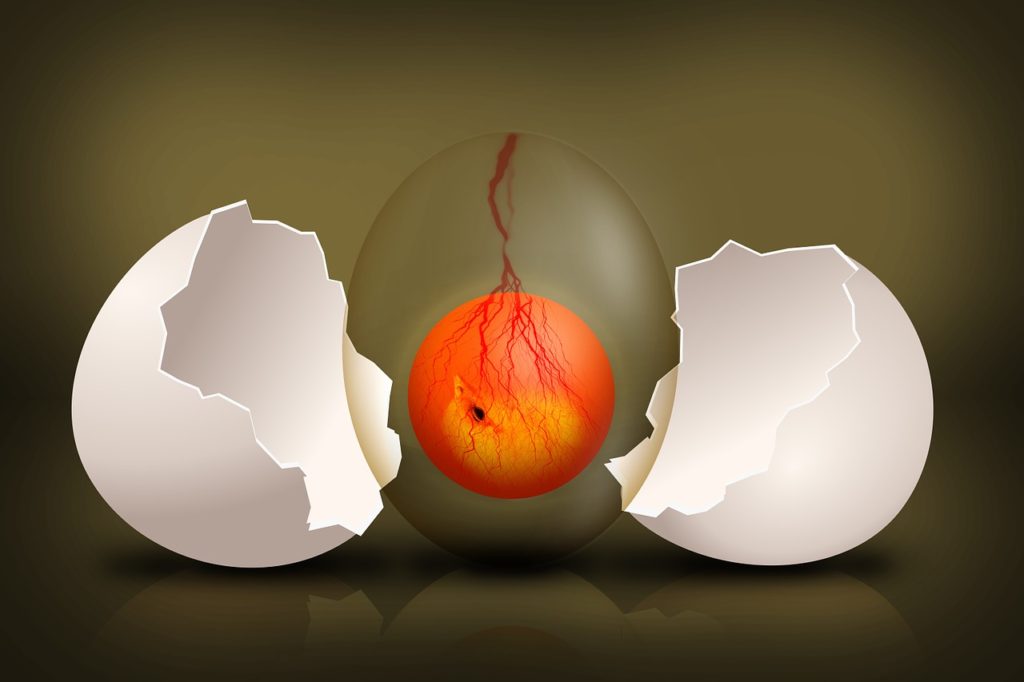

This work established the technical foundation and legal-ethical framework surrounding the clinical use of human oocyte and embryo donation, a mainstream clinical practice, which has evolved over the past 25 years. Oocyte and embryo donation now account for approximately 18% of in vitro fertilization recorded births in the US. The combination of egg donation and surrogacy has enabled gay men, including singer Elton John and his partner, to have biological children. In cases where the recipient's womb is absent or unable to carry a pregnancy, or in cases involving gay male couples, a gestational surrogate is used and the embryos are implanted into her per an agreement with the recipients. Donor oocytes thus give women a mechanism to become pregnant and give birth to a child that will be their biological child (assuming that the recipient woman carries the baby), but not their genetic child. As IVF developed, the procedures used in egg donation paralleled that development: the egg donor's eggs are now harvested from her ovaries in an outpatient surgical procedure and fertilized in the laboratory, the same procedure used on IVF patients, but the resulting embryo or embryos is then transferred into the intended mother instead of into the woman who provided the egg. This scientific breakthrough changed the outlook for those who were unable to have children due to female infertility and for women who are at high risk for passing on genetic disorders.

At the time of this announcement the event was captured by major news carriers and fueled healthy debate and discussion on this practice which affected the future of reproductive medicine by creating a platform for further advancements in woman's health.

This breakthrough has given way to the donation of human oocytes and embryos as a common practice similar to other donations such as blood and major organ donations. Advances in IVF and egg donation set the stage to allow open and candid discussion of oocyte and embryo donation as a common practice. Prior to this, thousands of infertile women, single men and same-sex male couples had adoption as the only path to parenthood (those who don't accept sexual contact with a person who is not their constant partner). The sperm used in the artificial insemination came from the husband of the woman who bore the baby. In the procedure, which is no longer used today, a fertilized egg that was just beginning to develop was transferred from one woman in whom it had been conceived by artificial insemination to another woman who gave birth to the infant 38 weeks later. This procedure was performed at the Harbor UCLA Medical Center and the University of California at Los Angeles School of Medicine. In July 1983, a clinic in Southern California reported a pregnancy using egg donation, which led to the birth of the first American child born from egg donation on 3 February 1984. The first child born from egg donation was reported in Australia in 1983.


 0 kommentar(er)
0 kommentar(er)
